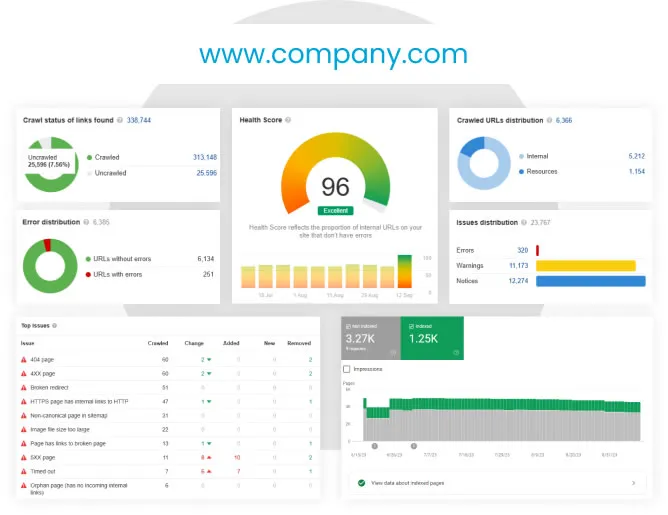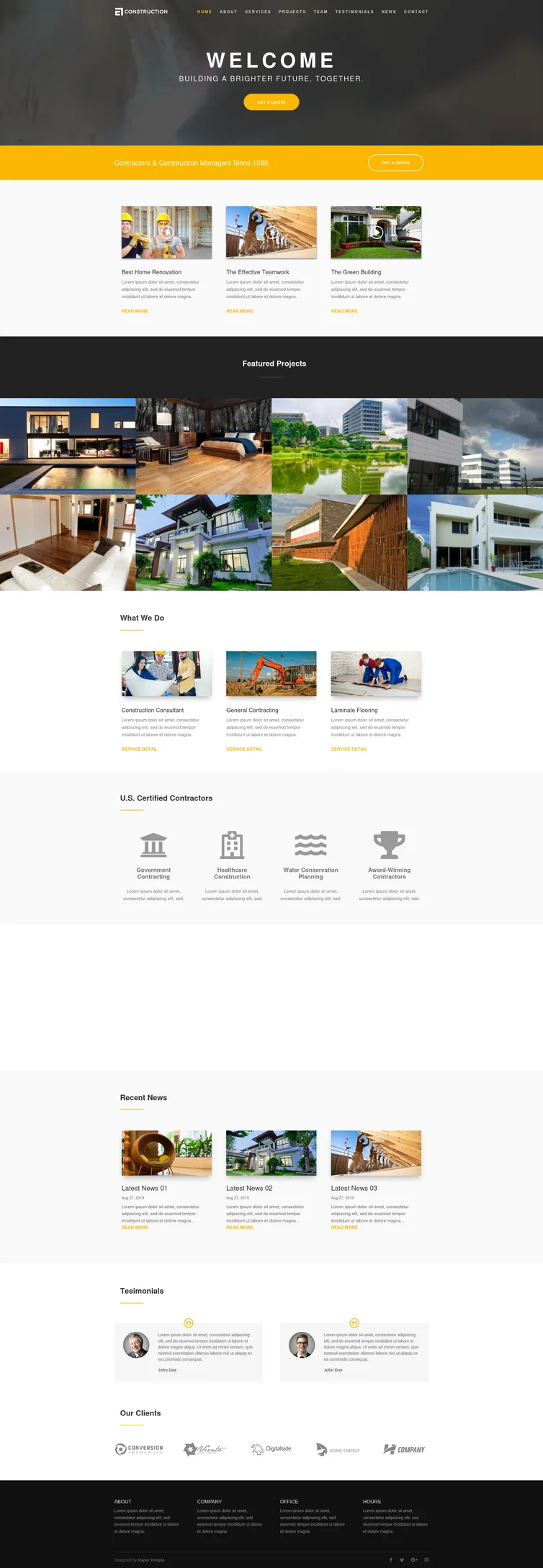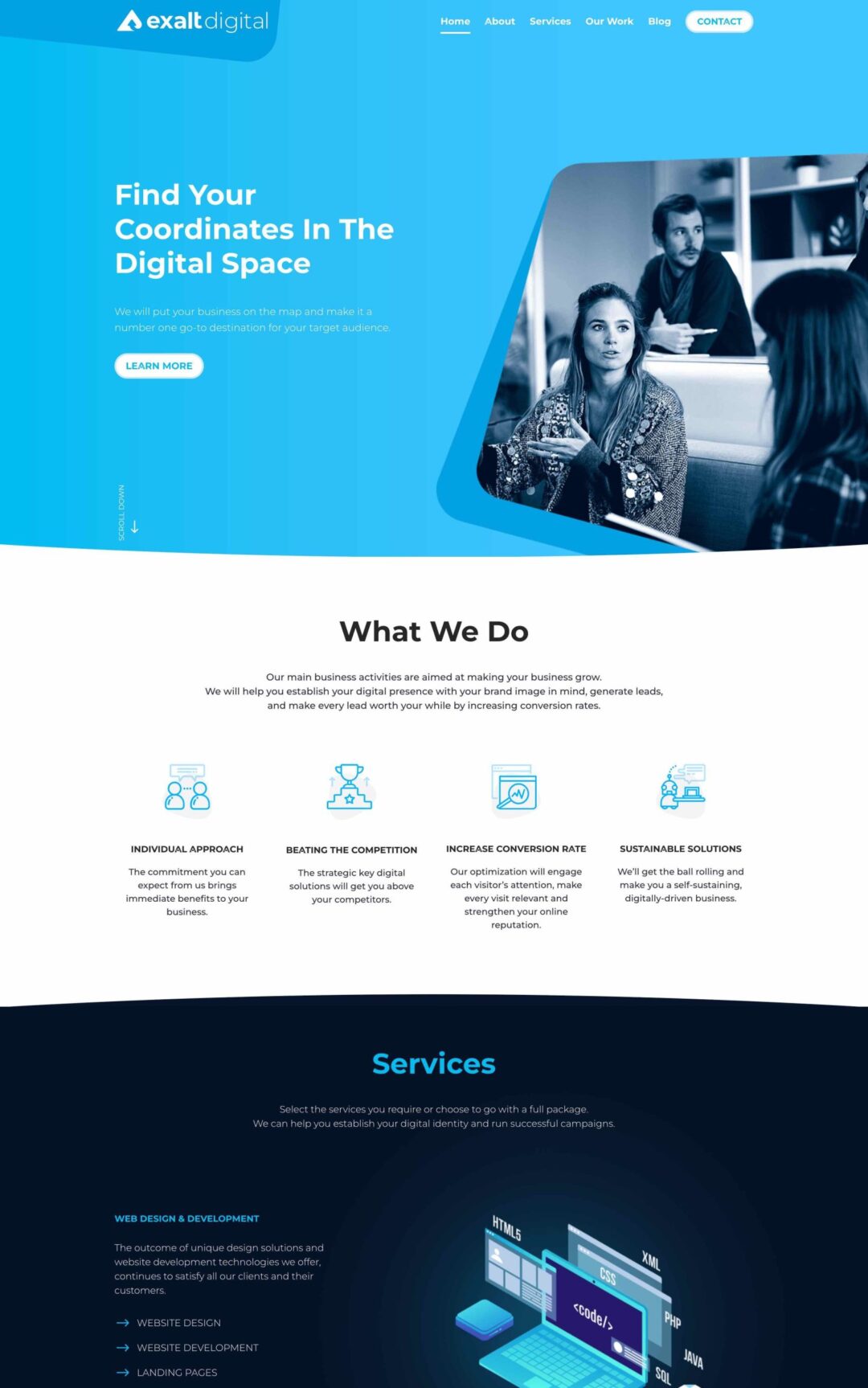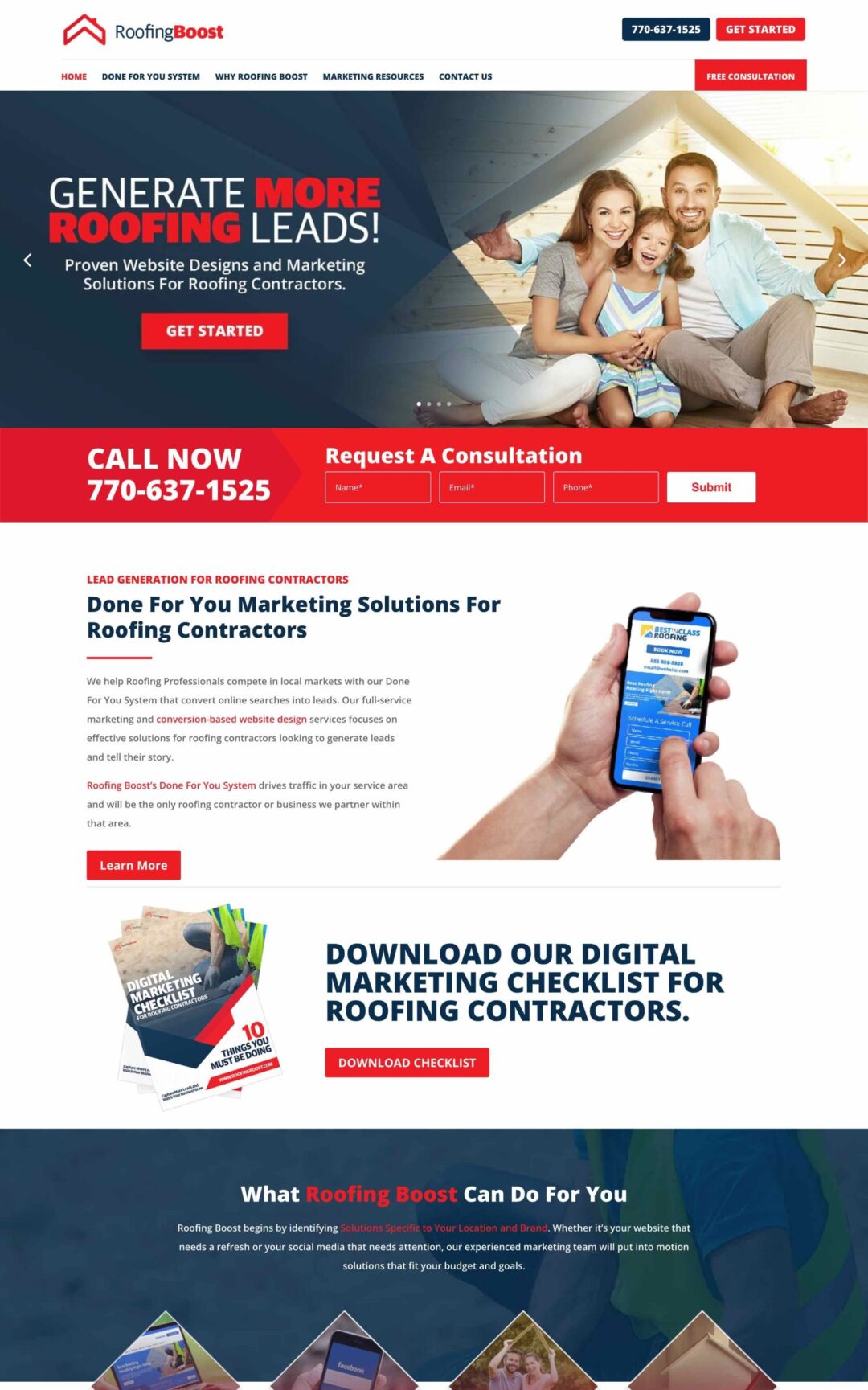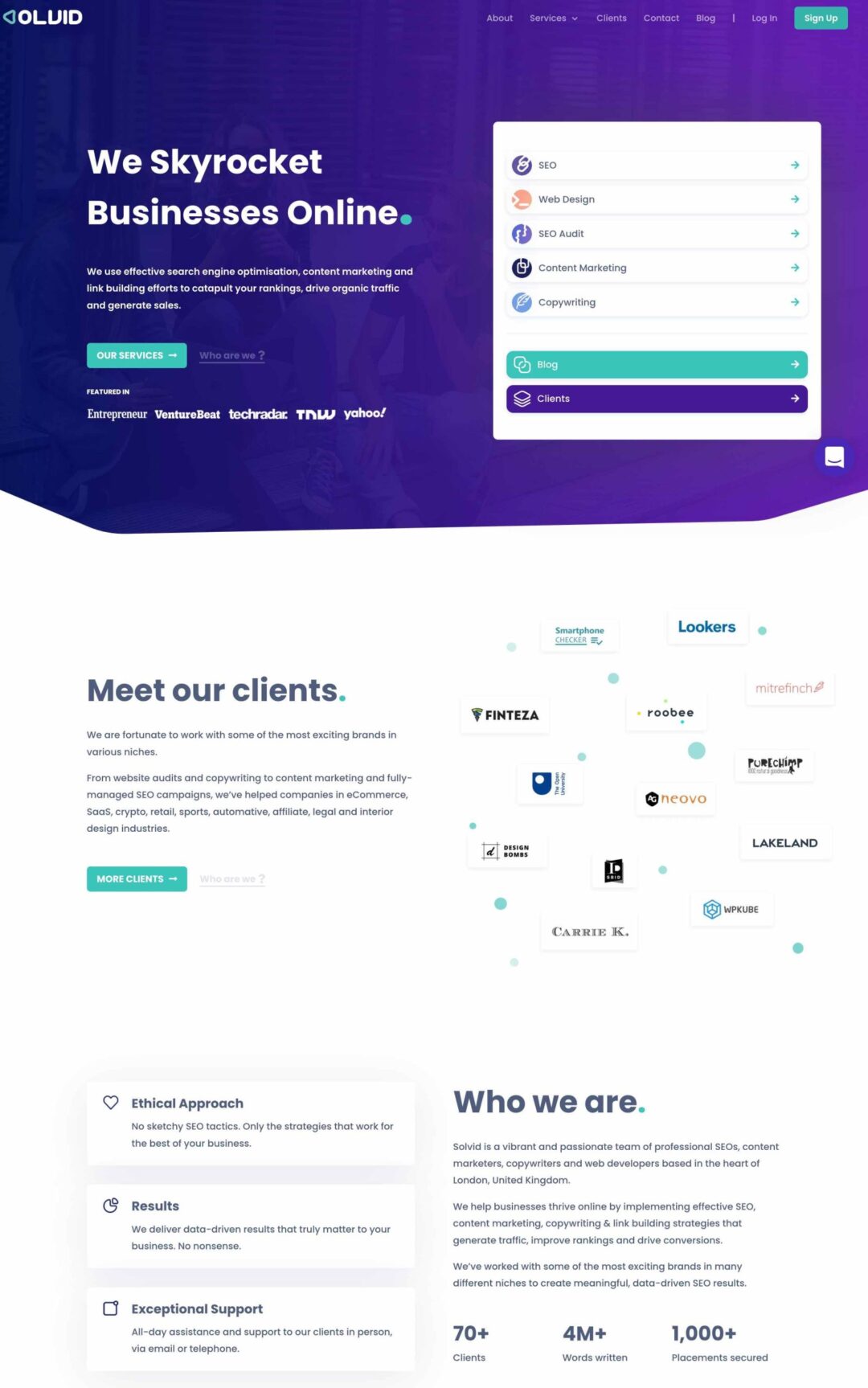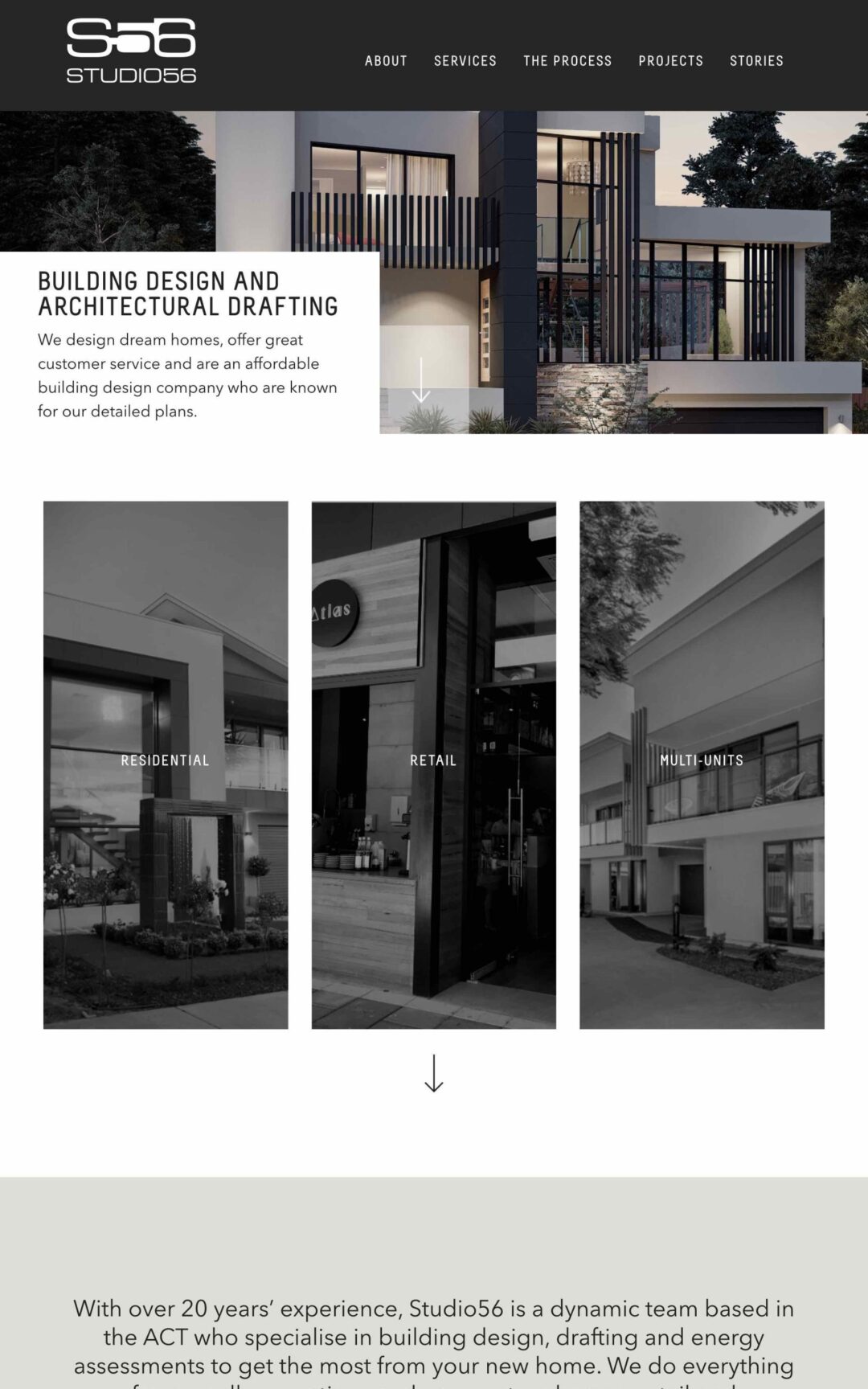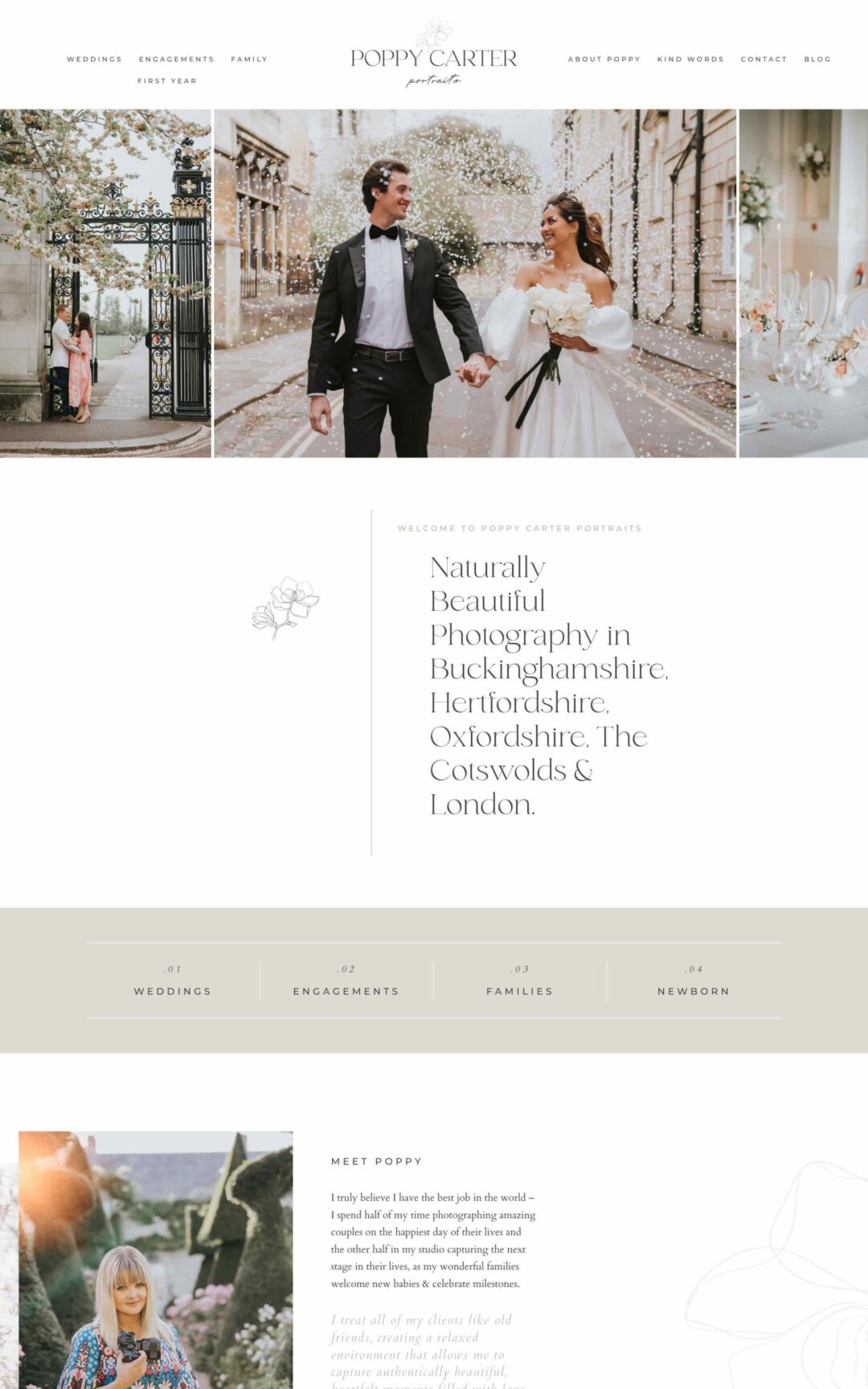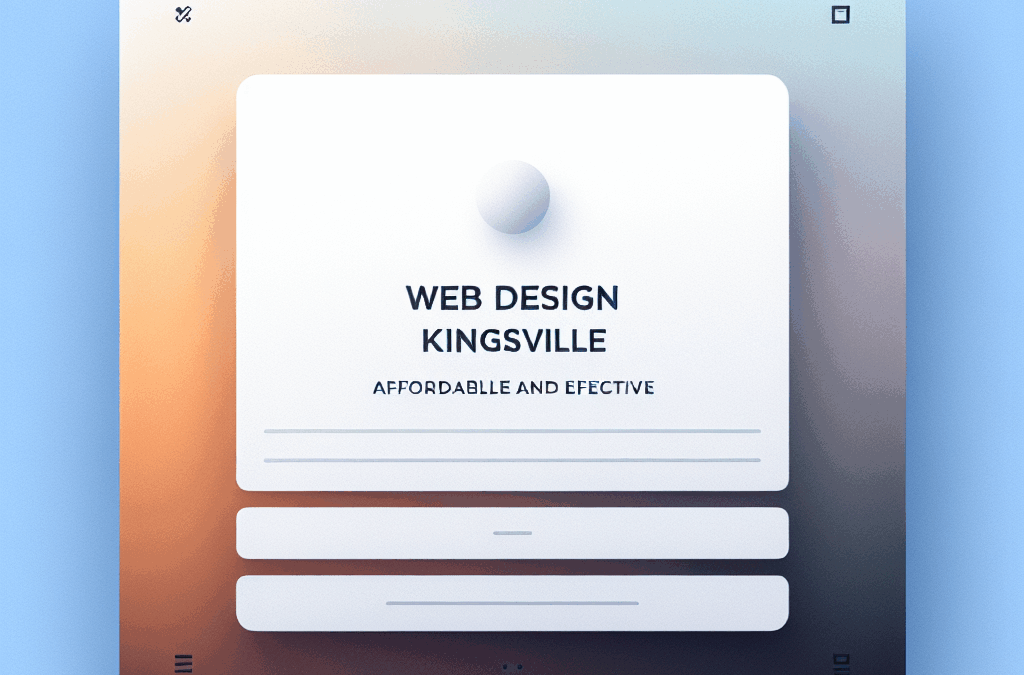Welcome to the Ericks Web Design blog! If you’re a small business owner in South Texas, chances are that you know how crucial a robust online presence is for your success. And at the heart of that online presence is your homepage. It’s often the first impression potential customers will have of your business, so ensuring it’s engaging and effective is key. In this post, we’ll discuss the essential elements of a great homepage and illustrate how they can work for you.
1. Clear Branding and Purpose
The first thing visitors should notice when they land on your homepage is your brand. Whether you’re running a cozy café in McAllen or a vibrant local shop in Harlingen, your homepage should reflect your business’s identity and purpose.
Example: Consider a local bakery, "Sweet Delights," with a beautifully designed logo and warm colors that evoke feelings of comfort and sweetness. When potential customers visit the website, they are immediately greeted by high-resolution images of fresh pastries, your logo prominent at the top, and a succinct tagline like, “Bringing Sweetness to Your Day.” This clarity helps visitors understand what to expect from your business right from the start.
Tips:
- Ensure your logo and business name are visible and easily readable.
- Use colors and fonts that align with your brand identity.
- A concise tagline that encapsulates your business’s mission can provide instant clarity.
2. Compelling Content and Calls to Action (CTAs)
Once you have your branding down, it’s time to engage visitors with compelling content. This means highlighting what you offer and encouraging users to take action.
Example: Let’s imagine you own a landscaping business in Edinburg, "Green Gardens." Your homepage should communicate your services clearly—like lawn maintenance, landscape design, and tree trimming—without overwhelming the visitor. Use concise and informative sections with appealing visuals.
A powerful CTA—such as “Get Your Free Quote Today!”—should be prominently displayed in multiple places on your homepage. This makes it easy for users to know what to do next.
Tips:
- Break down your content into easy-to-read sections.
- Utilize bullet points or short paragraphs to improve readability.
- Feature CTAs that are persuasive, clear, and strategically placed.
3. Mobile Responsiveness
In today’s digital age, many customers will be browsing on their mobile devices, so having a mobile-responsive design is imperative. According to recent studies, 60% of web traffic comes from mobile devices, and a non-responsive site could turn away potential customers.
Example: Think about a local coffee shop, "Cafe La Tierra," that often posts updates on social media. If a potential customer clicks on a shared link only to find it hard to navigate on their phone, they are highly likely to leave the site. A responsive design ensures that visitors have a seamless experience whether they’re on a smartphone, tablet, or desktop.
Tips:
- Test your website on various devices and screen sizes.
- Use a design that automatically adjusts based on the user’s device.
- Prioritize speed; a mobile site should load quickly to retain visitors.
4. Contact Information and Social Media Links
Your homepage should always make it easy for users to get in touch. Many small business owners underestimate the importance of this aspect, but offering clear contact information is essential for building trust.
Example: Imagine running a local fitness studio, "Fitness Fusion." Your homepage could feature your phone number, email, and a contact form right at the top. Additionally, integration with your social media profiles (like Facebook and Instagram) can provide users with even more ways to connect.
Tips:
- Place your contact information in the header or footer for visibility.
- Consider adding a live chat feature for immediate assistance.
- Include links to your social media accounts, encouraging customers to engage with you.
5. Testimonials and Trust Signals
Visitors want to know they are making the right choice when they choose a local business. Featuring testimonials and trust signals can significantly enhance your credibility.
Example: Suppose you own a boutique, "Trendy Threads." Showcasing positive reviews from satisfied customers, complete with their photos, can create a sense of community and trust. Certifications, awards, or local provider badges may also grant extra reassurance to potential customers.
Tips:
- Include a dedicated section for testimonials on your homepage.
- Use star ratings or snippets from social media reviews.
- Promote any partnerships or recognitions that highlight your legitimacy.
In Conclusion
Creating a great homepage for your small business is vital for attracting new customers and retaining existing ones. With clear branding, compelling content, mobile responsiveness, easy access to contact information, and trust signals, you can significantly improve your online presence.
If you’re ready to elevate your business and create a stunning homepage that reflects your brand, we’d love to help! Sign up for a free consultation with Ericks Web Design today, and let’s build something amazing together!
By focusing on these elements, your small business can better connect with the South Texas community and expand your reach in the digital landscape. Happy designing!
Website Design







